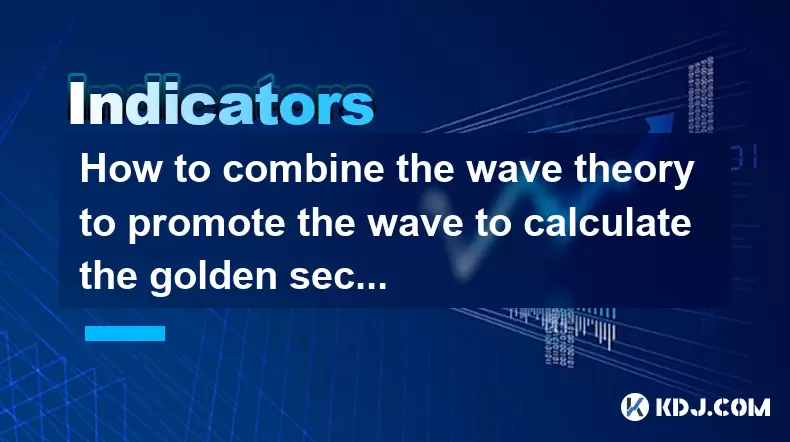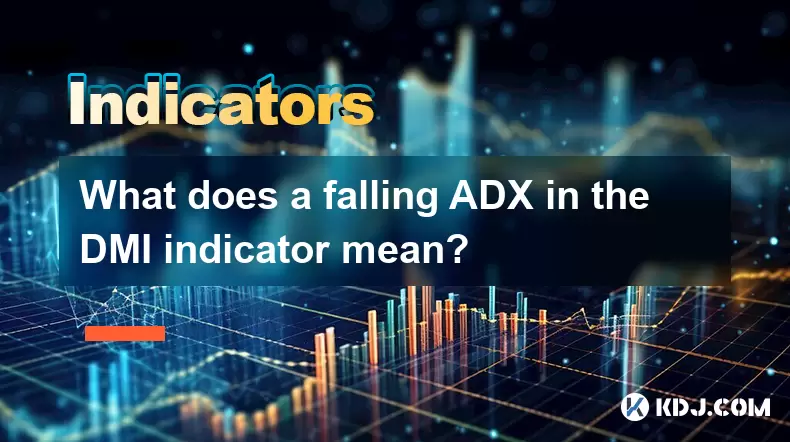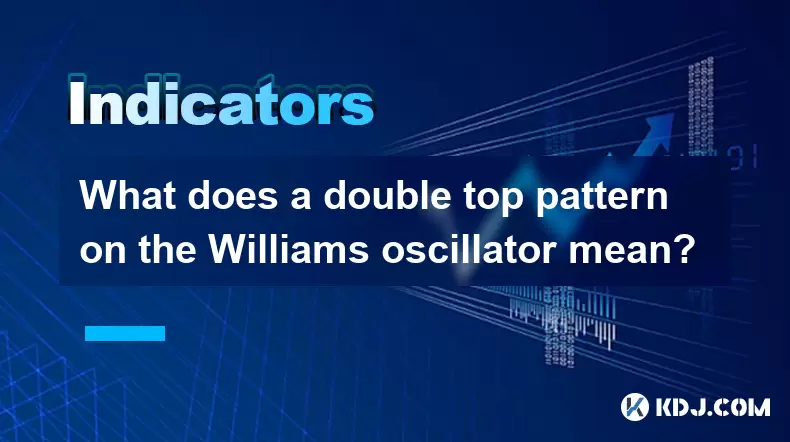-
 Bitcoin
Bitcoin $116700
0.24% -
 Ethereum
Ethereum $3973
4.34% -
 XRP
XRP $3.283
7.68% -
 Tether USDt
Tether USDt $1.000
0.01% -
 BNB
BNB $789.8
2.27% -
 Solana
Solana $176.2
3.31% -
 USDC
USDC $0.9999
0.00% -
 Dogecoin
Dogecoin $0.2238
5.14% -
 TRON
TRON $0.3389
-0.51% -
 Cardano
Cardano $0.7907
4.03% -
 Stellar
Stellar $0.4527
10.02% -
 Hyperliquid
Hyperliquid $41.07
4.27% -
 Sui
Sui $3.794
1.77% -
 Chainlink
Chainlink $19.49
10.40% -
 Bitcoin Cash
Bitcoin Cash $580.9
0.74% -
 Hedera
Hedera $0.2617
4.32% -
 Avalanche
Avalanche $23.41
3.67% -
 Ethena USDe
Ethena USDe $1.001
-0.03% -
 Litecoin
Litecoin $122.4
1.38% -
 Toncoin
Toncoin $3.364
1.49% -
 UNUS SED LEO
UNUS SED LEO $8.988
0.37% -
 Shiba Inu
Shiba Inu $0.00001295
2.82% -
 Uniswap
Uniswap $10.62
5.75% -
 Polkadot
Polkadot $3.922
4.46% -
 Dai
Dai $1.000
0.01% -
 Bitget Token
Bitget Token $4.494
2.15% -
 Monero
Monero $268.0
-1.30% -
 Cronos
Cronos $0.1523
3.68% -
 Pepe
Pepe $0.00001127
4.43% -
 Aave
Aave $285.4
4.85%
How to combine the wave theory to promote the wave to calculate the golden section position of the adjustment wave?
Combining Elliott Wave Theory with the golden section helps traders predict market reversals by identifying key Fibonacci levels during adjustment waves.
Jun 01, 2025 at 03:42 pm

The combination of wave theory and the golden section to calculate the adjustment wave's golden section position is a fascinating approach for traders who seek to predict market movements with greater accuracy. This method involves a deep understanding of both Elliott Wave Theory and the Fibonacci sequence, which together can provide insights into potential reversal points in the market. Let's delve into how these concepts can be integrated to enhance trading strategies.
Understanding Elliott Wave Theory
Elliott Wave Theory is a method of technical analysis that traders use to identify recurring long-term price patterns and investor psychology. According to this theory, market prices unfold in specific patterns, which Ralph Nelson Elliott described as consisting of impulse waves and corrective waves. Impulse waves move in the direction of the main trend, while corrective waves move against it.
In Elliott Wave Theory, a complete cycle consists of eight waves: five impulse waves labeled as 1, 2, 3, 4, and 5, followed by three corrective waves labeled as A, B, and C. The key to using this theory effectively is to correctly identify the start and end of these waves.
The Role of the Golden Section in Wave Theory
The golden section, often referred to as the golden ratio, is a mathematical concept where the ratio of two quantities is the same as the ratio of their sum to the larger of the two quantities. In trading, this ratio is often represented by the Fibonacci sequence, where the key levels are 0.382, 0.500, and 0.618.
When applying the golden section to Elliott Wave Theory, traders use these Fibonacci levels to predict potential reversal points within the waves. For instance, during a corrective wave, traders might look for the price to retrace to the 0.382, 0.500, or 0.618 levels of the previous impulse wave.
Identifying the Adjustment Wave
The adjustment wave in Elliott Wave Theory refers to the corrective waves labeled as A, B, and C. These waves move against the main trend and often present opportunities for traders to enter the market at favorable positions. The key to identifying these waves is to observe the market after an impulse wave has completed.
To identify an adjustment wave, traders need to:
- Look for a clear reversal in price direction following an impulse wave.
- Confirm the reversal using technical indicators such as moving averages or RSI.
- Monitor the price action to see if it forms the typical A-B-C pattern.
Calculating the Golden Section Position of the Adjustment Wave
To calculate the golden section position of an adjustment wave, traders need to apply Fibonacci retracement levels to the previous impulse wave. Here's a detailed step-by-step process:
- Identify the start and end points of the previous impulse wave. The start point is the beginning of wave 1, and the end point is the end of wave 5.
- Apply Fibonacci retracement levels. Draw a Fibonacci retracement tool from the start of wave 1 to the end of wave 5. This will generate the key levels of 0.382, 0.500, and 0.618.
- Monitor the price action during the adjustment wave. Watch for the price to reach these Fibonacci levels during the A-B-C corrective pattern.
- Identify potential reversal points. If the price reaches a Fibonacci level and shows signs of reversal (such as a candlestick pattern or divergence in an indicator), it may indicate the golden section position of the adjustment wave.
Practical Application in Trading
Applying this method in real trading scenarios involves several practical considerations. Traders must be vigilant in their analysis and flexible in their approach. Here are some tips for effectively using this method:
- Use multiple time frames. Analyzing the market on different time frames can provide a more comprehensive view of the waves and their potential reversal points.
- Combine with other indicators. While the golden section and Elliott Wave Theory are powerful tools, combining them with other technical indicators can increase the accuracy of predictions.
- Practice risk management. Always use stop-loss orders and manage your position sizes to protect against unexpected market movements.
Case Study: Applying the Method to a Real Market Scenario
To illustrate how this method works in practice, let's consider a hypothetical example of a bullish trend in Bitcoin (BTC). Suppose BTC has just completed a five-wave impulse pattern, and the price is now entering a corrective phase.
- Identify the impulse wave. The start of wave 1 is at $30,000, and the end of wave 5 is at $60,000.
- Apply Fibonacci retracement. Drawing the Fibonacci retracement tool from $30,000 to $60,000, we get the following levels:
- 0.382: $42,000
- 0.500: $45,000
- 0.618: $48,600
- Monitor the adjustment wave. As the price enters the corrective phase, it forms an A-B-C pattern. The price reaches the 0.618 level at $48,600 and shows signs of reversal with a bullish engulfing candlestick.
- Identify the golden section position. The $48,600 level is the golden section position of the adjustment wave, and traders might consider entering long positions at this point.
Frequently Asked Questions
Q: Can this method be applied to all cryptocurrencies?
A: Yes, the method of combining Elliott Wave Theory with the golden section can be applied to any cryptocurrency. However, the effectiveness may vary depending on the liquidity and volatility of the specific cryptocurrency.
Q: How do I know if the adjustment wave is complete?
A: An adjustment wave is typically considered complete when the price action forms the full A-B-C pattern and shows clear signs of resuming the main trend. Traders can use technical indicators like RSI and MACD to confirm the completion of the wave.
Q: Is it necessary to use multiple time frames when applying this method?
A: While not strictly necessary, using multiple time frames can significantly enhance the accuracy of your analysis. It allows you to see the bigger picture and confirm the wave patterns across different scales.
Q: Can this method be used for short-term trading?
A: Yes, this method can be adapted for short-term trading by focusing on smaller time frames and adjusting the wave counts accordingly. However, traders should be aware that short-term trading involves higher risk and requires more precise timing.
Disclaimer:info@kdj.com
The information provided is not trading advice. kdj.com does not assume any responsibility for any investments made based on the information provided in this article. Cryptocurrencies are highly volatile and it is highly recommended that you invest with caution after thorough research!
If you believe that the content used on this website infringes your copyright, please contact us immediately (info@kdj.com) and we will delete it promptly.
- Roman Storm, Funding Effort, and the Looming Defense Retrial: A New York Minute on the Tornado Cash Case
- 2025-08-09 02:50:14
- Crypto's Wild Ride: XRP, Dogecoin, and the Altcoin Surge You Can't Ignore
- 2025-08-09 02:50:14
- Elon Musk, Bitcoin, and the Enduring Power of Approval: A Crypto Love Story?
- 2025-08-09 03:50:15
- Ruvi AI: The Next Big Thing After Ripple on CoinMarketCap?
- 2025-08-09 03:50:15
- Floki Price Surges: Elliott Wave and Fibonacci Setups Point to Potential Gains!
- 2025-08-09 02:30:16
- Pepe Price, RTX (Remittix?) & the $10K ETH Dream: NYC Crypto Chatter
- 2025-08-09 02:30:16
Related knowledge

What does it mean when the TRIX indicator suddenly diverges downward after a long period of convergence?
Aug 09,2025 at 12:56am
Understanding the TRIX Indicator in Cryptocurrency TradingThe TRIX indicator, or Triple Exponential Average, is a momentum oscillator used in technica...

Why is the rise limited after a MACD bottoming divergence?
Aug 09,2025 at 12:07am
Understanding MACD Bottoming Divergence in Cryptocurrency TradingThe MACD (Moving Average Convergence Divergence) is a widely used technical indicator...

What does it mean when the OBV continues to rise but the price is trading sideways?
Aug 08,2025 at 10:35pm
Understanding On-Balance Volume (OBV)On-Balance Volume (OBV) is a technical indicator that uses volume flow to predict changes in stock or cryptocurre...

What does a falling ADX in the DMI indicator mean?
Aug 09,2025 at 03:16am
Understanding the ADX and DMI Indicator FrameworkThe DMI (Directional Movement Index) is a technical analysis tool developed by J. Welles Wilder to id...

What does a double top pattern on the Williams oscillator mean?
Aug 09,2025 at 02:36am
Understanding the Williams %R OscillatorThe Williams %R oscillator is a momentum indicator developed by Larry Williams to identify overbought and over...

What is a nonce and how is it used in Proof of Work?
Aug 04,2025 at 11:50pm
Understanding the Concept of a Nonce in CryptographyA nonce is a number used only once in cryptographic communication. The term 'nonce' is derived fro...

What does it mean when the TRIX indicator suddenly diverges downward after a long period of convergence?
Aug 09,2025 at 12:56am
Understanding the TRIX Indicator in Cryptocurrency TradingThe TRIX indicator, or Triple Exponential Average, is a momentum oscillator used in technica...

Why is the rise limited after a MACD bottoming divergence?
Aug 09,2025 at 12:07am
Understanding MACD Bottoming Divergence in Cryptocurrency TradingThe MACD (Moving Average Convergence Divergence) is a widely used technical indicator...

What does it mean when the OBV continues to rise but the price is trading sideways?
Aug 08,2025 at 10:35pm
Understanding On-Balance Volume (OBV)On-Balance Volume (OBV) is a technical indicator that uses volume flow to predict changes in stock or cryptocurre...

What does a falling ADX in the DMI indicator mean?
Aug 09,2025 at 03:16am
Understanding the ADX and DMI Indicator FrameworkThe DMI (Directional Movement Index) is a technical analysis tool developed by J. Welles Wilder to id...

What does a double top pattern on the Williams oscillator mean?
Aug 09,2025 at 02:36am
Understanding the Williams %R OscillatorThe Williams %R oscillator is a momentum indicator developed by Larry Williams to identify overbought and over...

What is a nonce and how is it used in Proof of Work?
Aug 04,2025 at 11:50pm
Understanding the Concept of a Nonce in CryptographyA nonce is a number used only once in cryptographic communication. The term 'nonce' is derived fro...
See all articles

























































































